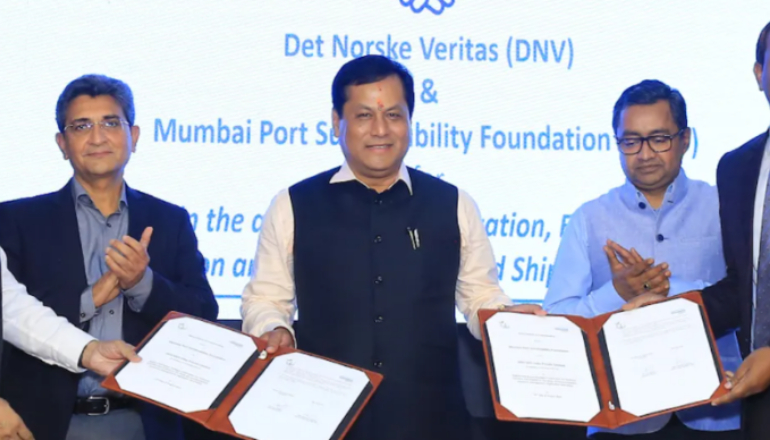The Mumbai Port Sustainability Foundation (MPSF), a non-profit organization under the Mumbai Port Authority, and the Norway-based classification society DNV have signed a MoU. The goal is to advance decarbonization, digitization, and emissions management in the maritime sector.
The MoU aims to establish a continuous cooperation framework between the two nations on environmentally progressive projects.
DNV will offer its expertise in safety and quality standards, technological innovations, and regulatory requirements in the maritime and energy industries.
It will collaborate with MPSF to explore commercial low-carbon fuel bunkering, storage, and transfer, leveraging MPSF’s Center of Excellence on ESG and circularity Center.
R D Tripathi, CEO, MPSF, said, “The joint working of DNV with MPSF through this MoU will facilitate in-depth analysis of issues and innovative solutions for overall sustainability and greening opportunities of the port operation.”
Cristina Saenz de Santa Maria, Regional Manager, South East Asia, Pacific & India, Maritime, DNV, said, “This MoU represents a significant step forward in developing and modernizing port infrastructure to support the transition to cleaner energy sources,. It reflects our shared commitment to driving innovation, paving the way for a more sustainable and resilient maritime future.”

